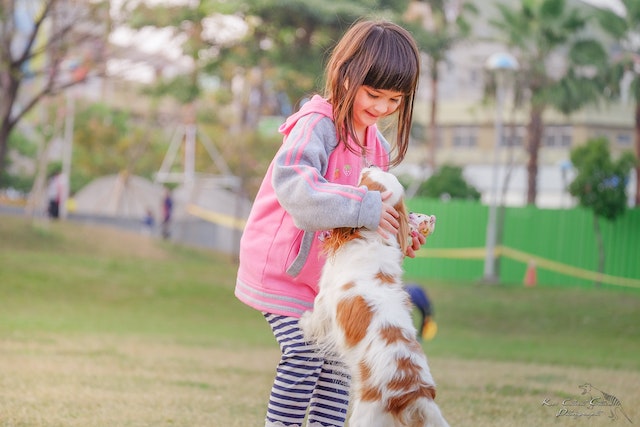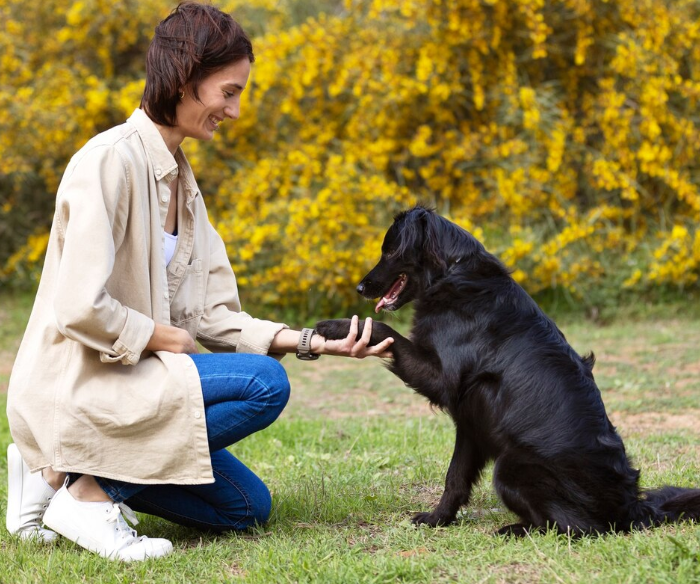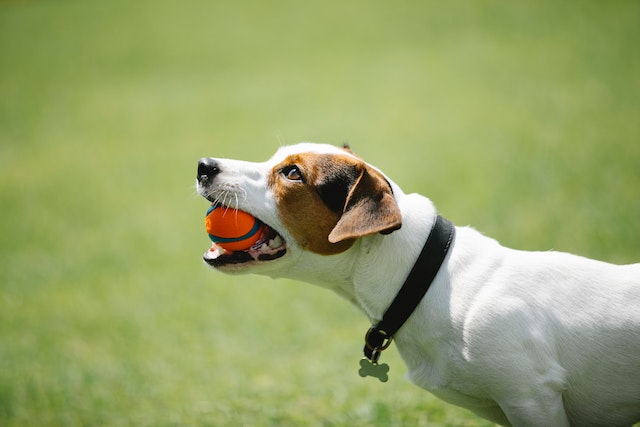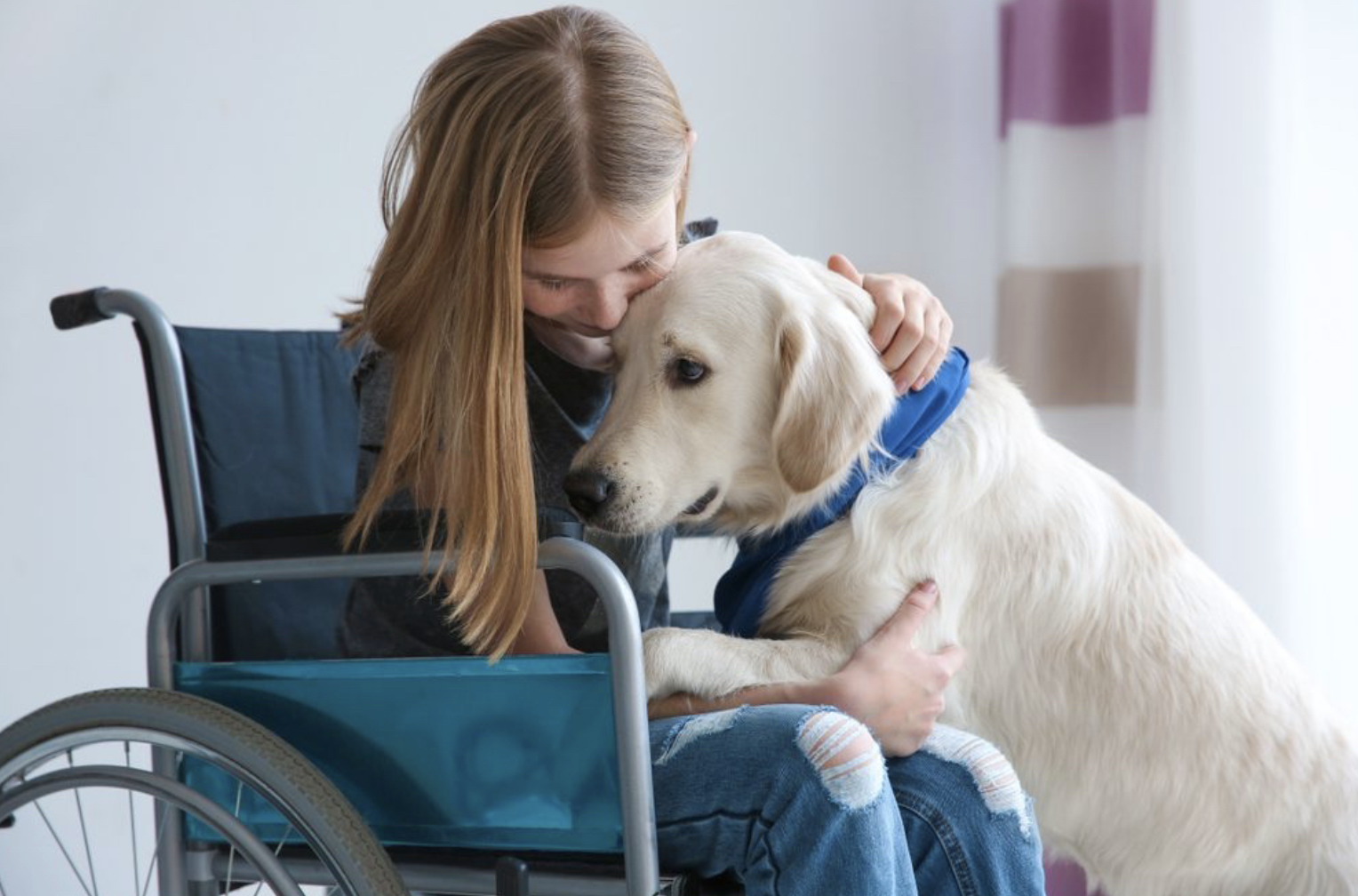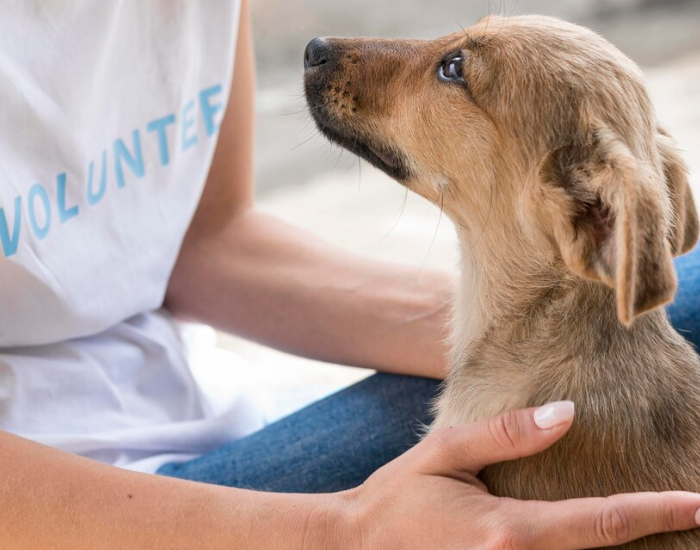Autism is a complex developmental disorder that affects communication, social interaction, and behavior. It is estimated that 1 in 54 children in the United States are diagnosed with autism, and the number is increasing every year. While there is no cure for autism, there are a variety of interventions and therapies that can help individuals with autism improve their quality of life. One of the most promising interventions for individuals with autism is the use of psychiatric assistance dogs.
Psychiatric assistance dogs are specially trained dogs that assist people with psychiatric disabilities, including anxiety disorders, post-traumatic stress disorder (PTSD), and depression. These dogs are trained to perform a variety of tasks, including providing emotional support, alerting their handlers to the presence of a specific smell or sound, and providing physical assistance. In recent years, psychiatric assistance dogs have also been trained to assist children with autism.
There are a variety of benefits to using psychiatric assistance dogs for children with autism. In this blog post, we will explore the ways in which these dogs can help children with autism thrive.
1. Improved Social Skills
One of the hallmark symptoms of autism is difficulty with social interaction. Children with autism may struggle to communicate effectively, understand social cues, and form meaningful relationships with others. Psychiatric assistance dogs can help to improve social skills in several ways.
First, these dogs provide a non-judgmental presence that can help children with autism feel more comfortable in social situations. The dog can act as a bridge between the child and others, providing a shared interest or activity that can facilitate social interaction. For example, a child with autism may struggle to initiate conversation with peers on the playground. However, if they have a psychiatric assistance dog with them, other children may be more likely to approach and engage with the child because of their interest in the dog.
Second, psychiatric assistance dogs can help children with autism learn to read and interpret social cues. Dogs are experts at nonverbal communication, and they can help children with autism learn to recognize and respond to nonverbal cues in others. For example, a child may struggle to understand when someone is upset or angry based on their facial expressions or tone of voice. However, if they have a dog with them, the dog may react to the person's emotions in a way that is more obvious to the child, helping them learn to recognize and respond to these cues in the future.
2. Reduced Anxiety
Anxiety is a common co-occurring condition in children with autism. Research suggests that up to 84% of children with autism experience anxiety at some point in their lives. Anxiety can manifest in a variety of ways, including difficulty sleeping, changes in appetite, and physical symptoms such as stomachaches and headaches.
Psychiatric assistance dogs can help to reduce anxiety in children with autism in several ways. First, these dogs provide a calming presence that can help to reduce overall anxiety levels. The dog's presence can act as a form of sensory input that is soothing and grounding for the child. Additionally, dogs can provide a physical anchor that can help children with autism feel more secure and less anxious in unfamiliar or overwhelming environments.
Second, psychiatric assistance dogs can be trained to perform specific tasks that can help to reduce anxiety. For example, a dog may be trained to provide deep pressure therapy, which involves the dog applying gentle pressure to the child's body. This pressure can have a calming effect on the child's nervous system and help to reduce feelings of anxiety. Additionally, dogs can be trained to provide a "block" between the child and potential stressors, such as strangers or loud noises, which can help to reduce anxiety and increase feelings of safety.
3. Increased Independence
Many children with autism struggle with independence and may require significant support from caregivers and family members to complete daily tasks. Psychiatric assistance dogs can help to increase independence in several ways.
First, these dogs can be trained to perform a variety of tasks that can help children with autism complete daily activities more independently. For example, a dog may be trained to help a child with autism get dressed in the morning by retrieving clothing items or by assisting with zippers and buttons. Similarly, a dog may be trained to assist with tasks such as opening doors or carrying items, which can help to reduce the need for direct caregiver assistance.
Second, the presence of a psychiatric assistance dog can help to increase a child's sense of self-efficacy and confidence. Children with autism may struggle with feelings of low self-esteem and self-doubt, particularly if they have difficulty completing tasks independently. However, if a child is able to work collaboratively with their dog to complete tasks, they may feel more capable and empowered, which can have a positive impact on their overall well-being.
4. Improved Safety
Children with autism may be more vulnerable to safety risks than their neurotypical peers. For example, they may have difficulty understanding and following safety rules or may be more prone to wandering off or getting lost. Psychiatric assistance dogs can help to improve safety in several ways.
First, these dogs can be trained to perform specific safety-related tasks, such as alerting a child to the presence of dangerous situations or reminding them to take medication at specific times. Additionally, psychiatric assistance dogs can be trained to track and locate a child who has wandered off or become lost, which can be particularly helpful in outdoor environments or unfamiliar locations.
Second, the presence of a psychiatric assistance dog can act as a deterrent to potential predators or abusers. Children with autism may be at increased risk of exploitation, and the presence of a dog can signal to others that the child has additional protection and support.
5. Increased Physical Activity
Physical activity is important for overall health and well-being, and it can be particularly beneficial for children with autism. Research has shown that physical activity can improve social skills, reduce anxiety and depression, and improve overall quality of life for children with autism. However, many children with autism may struggle to engage in physical activity, either because they have difficulty initiating activities or because they may have sensory sensitivities that make certain activities uncomfortable or overwhelming.
Psychiatric assistance dogs can help to increase physical activity in several ways. First, the presence of a dog can provide a motivation and incentive for physical activity. For example, a child may be more likely to engage in a game of fetch with their dog than to simply run around by themselves.
Additionally, dogs can be trained to participate in physical activities with their handlers, such as going for walks or runs. This can provide a structured, low-pressure way for children with autism to engage in physical activity, while also providing the opportunity for social interaction and bonding with their dog.
Conclusion
In conclusion, psychiatric assistance dogs can be a valuable intervention for children with autism. These dogs can provide a variety of benefits, including improved social skills, reduced anxiety, increased independence, improved safety, and increased physical activity. However, it is important to note that psychiatric assistance dogs are not a panacea, and they may not be the right intervention for every child with autism. Parents and caregivers should carefully consider the needs and abilities of their child before pursuing a psychiatric assistance dog, and should work closely with a qualified trainer or organization to ensure that the dog is trained appropriately and that the child is able to safely and effectively interact with the dog.





